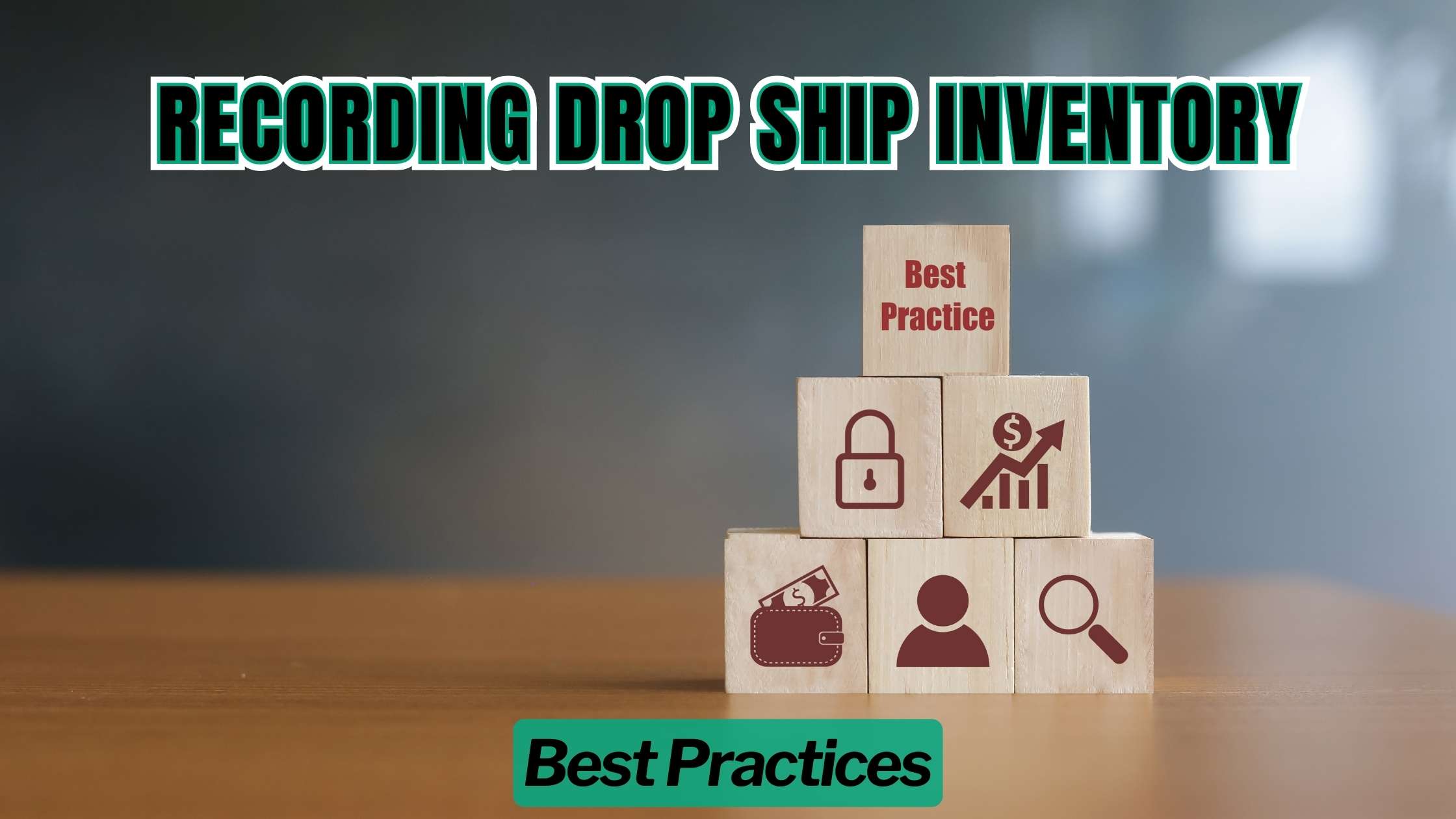Recording Drop Ship Inventory: Best Practices


Recording Drop Ship Inventory: Best Practices
Managing inventory effectively is crucial for the success of any dropshipping business. With the unique challenges posed by dropshipping, it’s essential to implement best practices for recording inventory accurately. In this comprehensive guide, we’ll delve into the intricacies of recording drop ship inventory and explore some of the best practices to streamline your inventory management processes.
Understanding Drop Ship Inventory Management
Before diving into best practices, let’s establish a clear understanding of drop ship inventory management:
1. Definition of Drop Ship Inventory
Drop shipping involves selling products that are shipped directly from a supplier to the customer, eliminating the need for the retailer to hold inventory. As a result, maintaining accurate records of inventory levels becomes paramount to ensure seamless order fulfillment.
2. Challenges of Drop Ship Inventory Management
Dropshipping presents unique challenges such as inventory synchronization issues, delayed updates on stock levels, and the risk of overselling. Overcoming these challenges requires implementing effective inventory recording practices tailored to the dropshipping model.
3. Importance of Accurate Inventory Recording
Accurate recording of drop ship inventory is essential for maintaining customer satisfaction, avoiding stockouts, preventing order cancellations, and optimizing supplier relationships. By adopting best practices for inventory management, dropshipping businesses can operate efficiently and effectively.
Best Practices for Recording Drop Ship Inventory
Now, let’s explore some best practices to effectively record drop ship inventory:
1. Centralized Inventory Management System
Implement a centralized inventory management system that integrates seamlessly with your dropshipping platform and allows for real-time synchronization of inventory data. This ensures that inventory levels are accurately recorded across all sales channels, reducing the risk of overselling or stockouts.
2. Automated Inventory Updates
Utilize automation tools to automatically update inventory levels as orders are processed and shipments are received from suppliers. Automation helps eliminate manual errors and ensures that inventory data remains up-to-date across all systems and platforms.
3. Regular Reconciliation
Perform regular reconciliation of inventory records to identify discrepancies and address any issues promptly. This involves comparing recorded inventory levels with physical counts and investigating any discrepancies to maintain accuracy.
4. Supplier Communication
Establish clear communication channels with suppliers to ensure timely updates on stock availability, lead times, and order fulfillment status. Maintaining open lines of communication helps prevent stockouts and allows for proactive inventory management.
5. Forecasting and Demand Planning
Utilize data analytics and historical sales data to forecast demand and plan inventory levels accordingly. By anticipating demand trends and adjusting inventory levels accordingly, dropshipping businesses can optimize stock levels and minimize the risk of overstocking or understocking.
Relevant SaaS Products for Drop Ship Inventory Management
When it comes to recording drop ship inventory effectively, several SaaS products offer specialized solutions tailored to the needs of dropshipping businesses:
1. TradeGecko
TradeGecko provides comprehensive inventory management software designed for e-commerce businesses, including dropshipping operations. With features such as centralized inventory tracking, automated order management, and supplier integration, TradeGecko streamlines inventory recording processes for dropshipping businesses.
2. Skubana
Skubana offers a robust all-in-one e-commerce operations platform that includes inventory management, order fulfillment, and analytics tools. Designed to meet the unique needs of multi-channel retailers and dropshipping businesses, Skubana provides real-time inventory synchronization and automated order routing capabilities.
3. Orderhive
Orderhive is a cloud-based inventory management software that offers advanced features for managing drop ship inventory efficiently. With Orderhive, users can automate inventory updates, track orders in real-time, and collaborate with suppliers seamlessly, making it an ideal solution for dropshipping businesses looking to streamline their inventory recording processes.
4. Deliverr
Deliverr provides fast and affordable fulfillment solutions for e-commerce businesses, including dropshipping operations. With Deliverr, sellers can benefit from centralized inventory management, automated order routing, and fast shipping options, ensuring accurate and timely order fulfillment.
5. ecomdash
ecomdash offers a comprehensive inventory management platform that includes features such as inventory synchronization, order routing, and supplier integration. With ecomdash, dropshipping businesses can streamline their inventory recording processes and optimize order fulfillment efficiency.
As you explore the best practices and SaaS solutions for recording drop ship inventory, Subscribed.FYI offers a valuable resource for discovering exclusive deals and discounts on premium SaaS tools tailored to your inventory management needs. By accessing Subscribed.FYI Deals, you can unlock special offers on inventory management software mentioned in this article, helping you optimize your inventory recording processes while saving costs.
Relevant Product Links:





